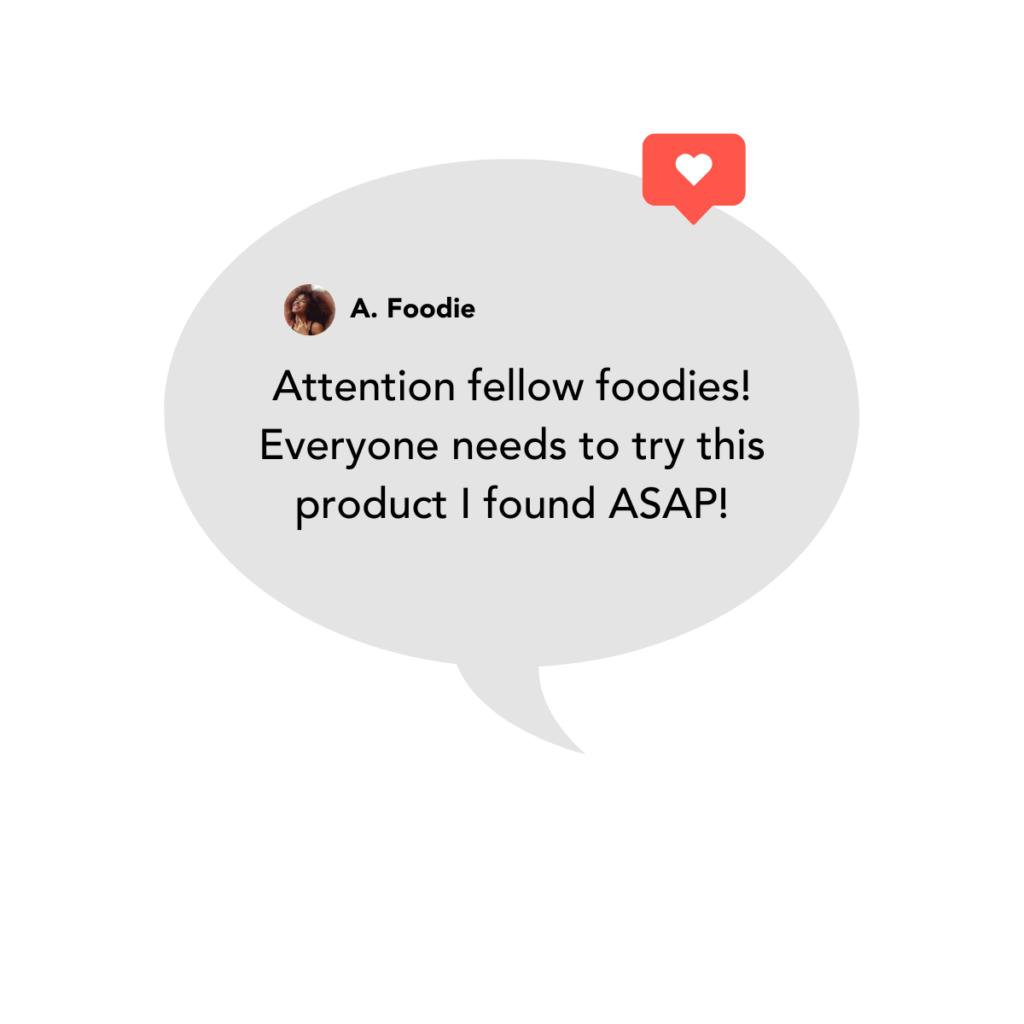All marketers are familiar with ecommerce and most are familiar with social commerce, especially when it involves tactics like digital product sampling. But what is community commerce, and why is it critical to brands looking to drive new acquisition and boost retention?
In the past few years, word-of-mouth has become more impactful than ever. Most of social media’s existence has been primarily used to connect with existing friends and family and to share entertaining and valuable content. While that is certainly still the case, the connections and relationships built from pure digital communities have become integral to our social lives.
In our Big Online Brand Community Study of more than 4,900 consumers, we found 56% of consumers said their participation in online communities has increased in the past three years. This was clearly an outcome propelled by the pandemic, where online communities were a lifeline for creating connection and a sense of belonging.
With the rise of TikTok, swaths of internet strangers gathered together to connect and exchange stories and ideas. The brands we buy naturally became a part of the conversation. We’ve all experienced clicking with someone by saying, “oh I love that brand!” Now we can say that with millions of other consumers online, creating a powerhouse for building brand advocacy.
This was happening so much on TikTok that the hashtag #TikTokMadeMeBuyIt became a staple among users and today sits at 51.7 Billion views.
There is no question that brands are a prominent backdrop for creating community connections. How can you maximize community-driven brand conversation to drive sales? Let’s talk about it.
What is Community Commerce?

TikTok defines community commerce as “creator-driven word-of-mouth marketing.” Community commerce sits at the intersection of community, shopping, and entertainment. The company denotes it as a subset of social commerce, citing the authenticity of community connection as a key differentiator.
For brands looking to define it as a marketing practice, leveraging community commerce is a business strategy to harness the collective power of community-driven recommendations to generate awareness and conversion.
On TikTok, anyone can become a content creator, and one viral post on the For You page can attract thousands of followers in just seconds. When one of those creators recommends your brand, it can break through significant clutter in a crowded advertising space.
Furthermore, when your product or brand becomes part of an overall community trend, it can drive massive reach and sales. One of the most viral examples was the e.l.f. Cosmetics #eyelipsface challenge. This effort was later hailed as the “most influential campaign on TikTok” by Adweek and garnered 7 billion views and 5 million user-generated videos.
Why is Community Commerce Important for Brands?
Community commerce is often associated with product discovery – meaning consumers who find out about products and services for the first time and are convinced to purchase them because of community endorsements. It is an excellent tactic to drive new consumer acquisition, especially for securing successful product launches.
- A study from GlobalWebIndex found that 70% of consumers say they have been driven to purchase on social media even though they didn’t look for anything specific to buy
- In our study, 1 in 3 consumers ranked “product recommendation from others” as one of the top benefits of an online brand community
- Nielsen’s Trust in Advertising study found 88% of people most trust recommendations from people they know
- TikTok’s study with WARC and Publicis found 85% of consumers have purchased a product or service after seeing it advertised or reviewed on social media
The power of community is unparalleled in its ability to move conversation into conversion. Community commerce also offers the intangible benefit of forming deeper consumer relationships that can boost emotional loyalty and retention.
Strategies for Community Commerce
Create Entertainment Through Everyday Moments and Memes

Memes are the digital secret handshake of online communities, and they are one of the biggest reasons why people love TikTok so much. TikTok became especially famous for its sound memes, and with its purposeful unpolished nature, brands can quickly jump into these trends.
An example is the “Everything is Cake” meme, where people created hyper-realistic versions of everyday objects that were later cut into and revealed as just cake. Adidas jumped in on the meme and made a limited edition edible Adidas cake that looked exactly like its Original ZX 2K Boost sneakers. The brand actually produced and sold the cake in London.
Inserting your brand into a meme requires the right timing and relevance. Get those two parts right, and it can be the combustion engine of community commerce. It’s important brands don’t just jump onto any trend, as we saw many marketers do with “newsjacking” in the Twittersphere many years ago. It must make sense for your brand to participate.
Shoppable Content to Encourage Trial and Speed to Checkout
Most advertising aims to achieve enough repetition and exposure with a potential buyer that your brand will be top of mind and ultimately drive conversion.
With community commerce, when consumers are inspired by their digital community about a brand, they often want to buy the product right that second. Speed to cart is a critical part of community commerce.
Shoppable content, especially shoppable videos, is a massive opportunity for brands. There is usually a gap for marketers between telling a compelling story and securing the final sale. Shoppable content is the perfect solution. For livestream shopping, conversion rates are hugely successful. McKinsey found them to be up to 10 times more than standard ecommerce.
An example of this is when QVC and Netflix partnered in 2022 for “Stranger Things Day” in a lifestream event for video commerce, enticing consumers to buy themed products, toys, and memorabilia as exclusives on QVC.
TikTok widely promotes its partnership with Shopify and will likely grow its integrations with other ecommerce platforms in the future. Businesses can connect their TikTok account to Shopify to generate in-feed shoppable posts from videos. They can also engage in brand takeovers and branded effects like filters and stickers.
Cultivate an Owned Online Brand Community Channel

Brands can drive community commerce on third-party sites like TikTok and Instagram, but they also have a unique opportunity today to cultivate an owned channel of community commerce through an online brand community.
With the right online community platform (think TINT), brands can create their own ecosystem of community commerce to achieve increased volume. Online brand communities can activate targeted consumers to share on third-party sites and boost social share of voice and advocacy.
Our study found:
- 78% of consumers say being a part of an online brand community makes them more likely to purchase new products/services from the brand
- 74% of consumers say being a part of an online brand community makes them more likely to leave a review for the brand
- 88% say they share content and offers from online brand communities they are a part of
- Almost two-thirds (61%) of Gen Z consumers say they are more likely to create video content as part of an online brand community
Hero Cosmetics, creator of the famed “Mighty Patch” acne product, partnered with TINT to mobilize its Hero Skin Squad community as a destination for loyal brand users to exchange product recommendations and offer helpful tips. The brand often uses personalized product sampling to spark conversation among the community. In just 100 days of launching their community, they saw over 400 product reviews.
Final Thoughts
Community commerce has emerged as a powerful tool for brands to connect with their consumers. It has enabled even the smallest brands to reach a global audience and compete with more prominent players. As we move forward, it’s clear community commerce will only continue to grow in importance, providing new opportunities for brands to thrive and for consumers to discover unique products.
How TINT Helps With You With Community Commerce
TINT’s online brand community platform empowers you to amplify your community commerce efforts. Our solution helps you to mobilize your consumer community in a dedicated branded destination, cultivate lasting relationships, and drive sales velocity and awareness on key ecommerce channels. With more than 20+ engagement activities available to brands, consumers can be assigned a wealth of activities to participate in – including writing product reviews, creating user-generated photos and videos, completing surveys and polls, participating in discussions, and much more.
Using TINT, brands can drive new customer acquisition significantly, secure emotional and long-term brand loyalty, and “future proof” with agile insights and ongoing data collection. Get started today.




